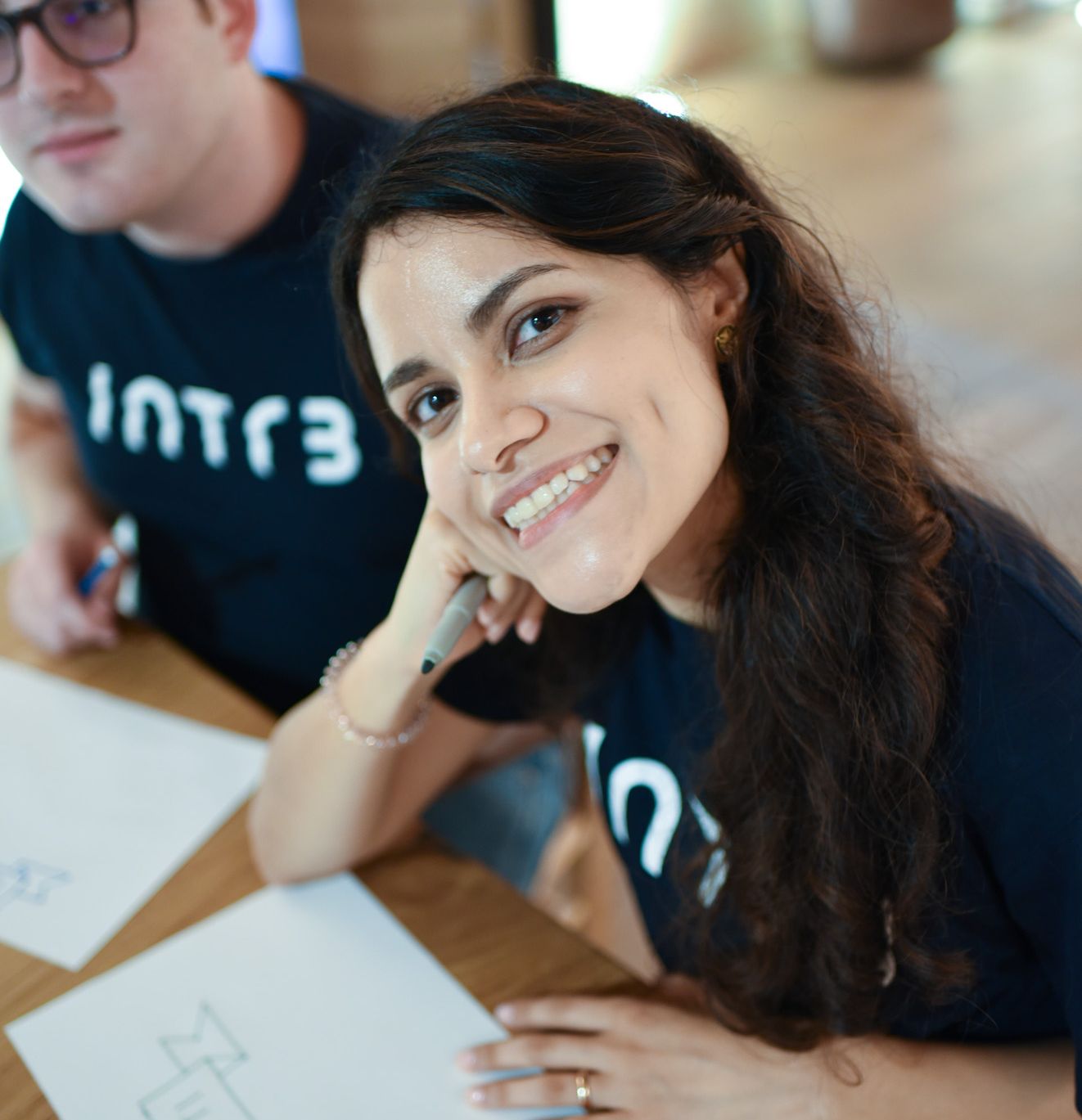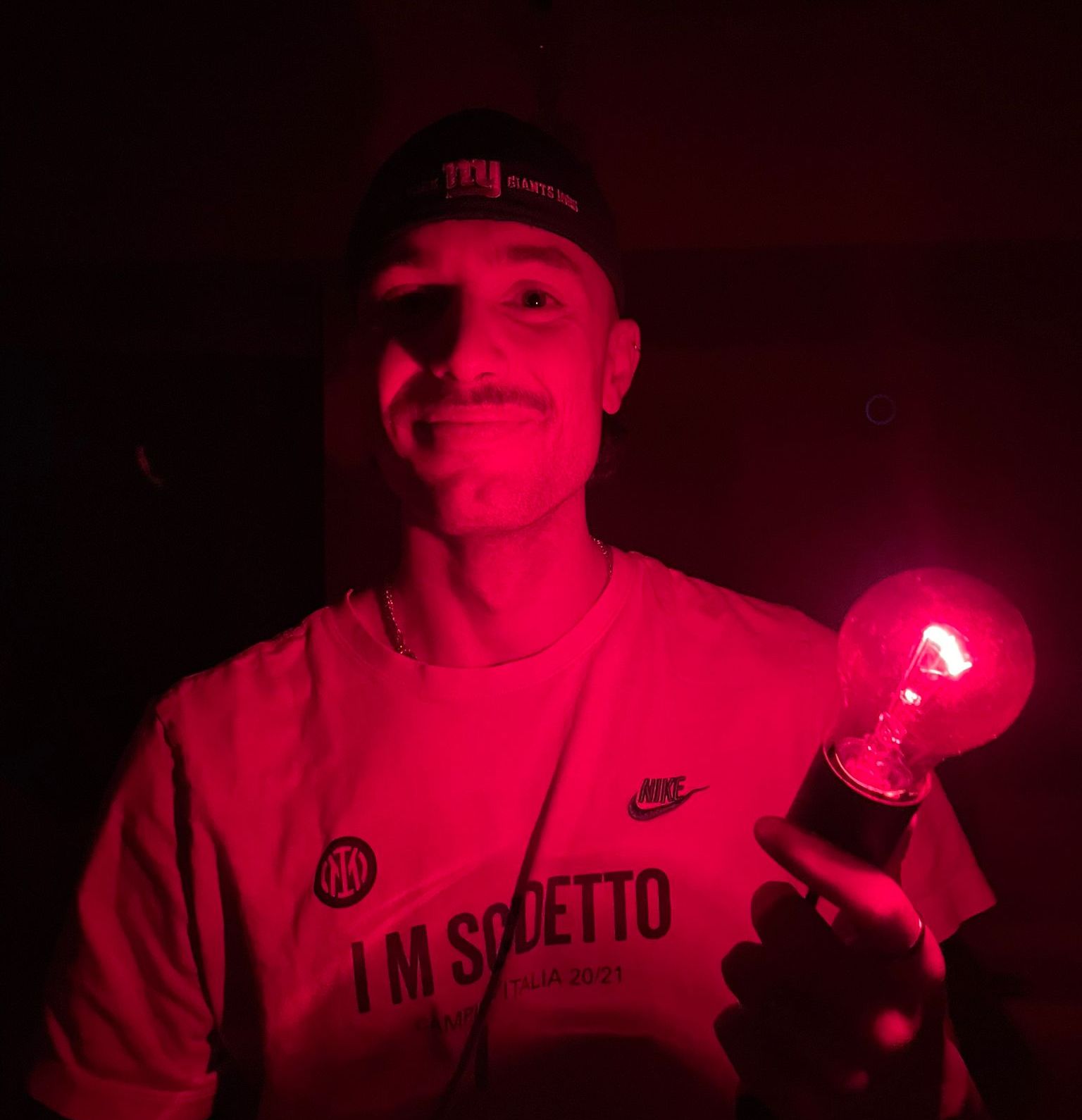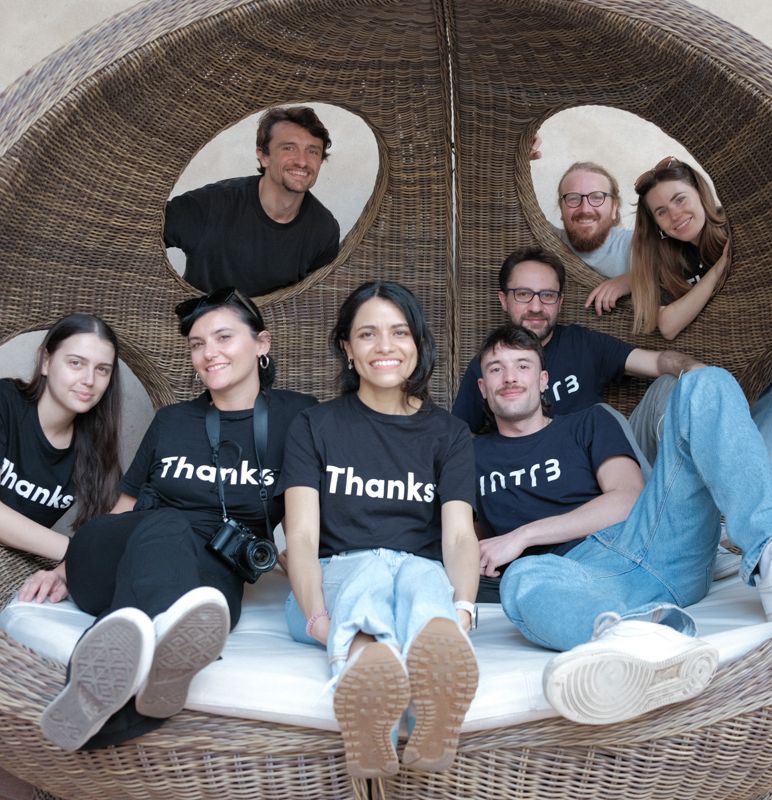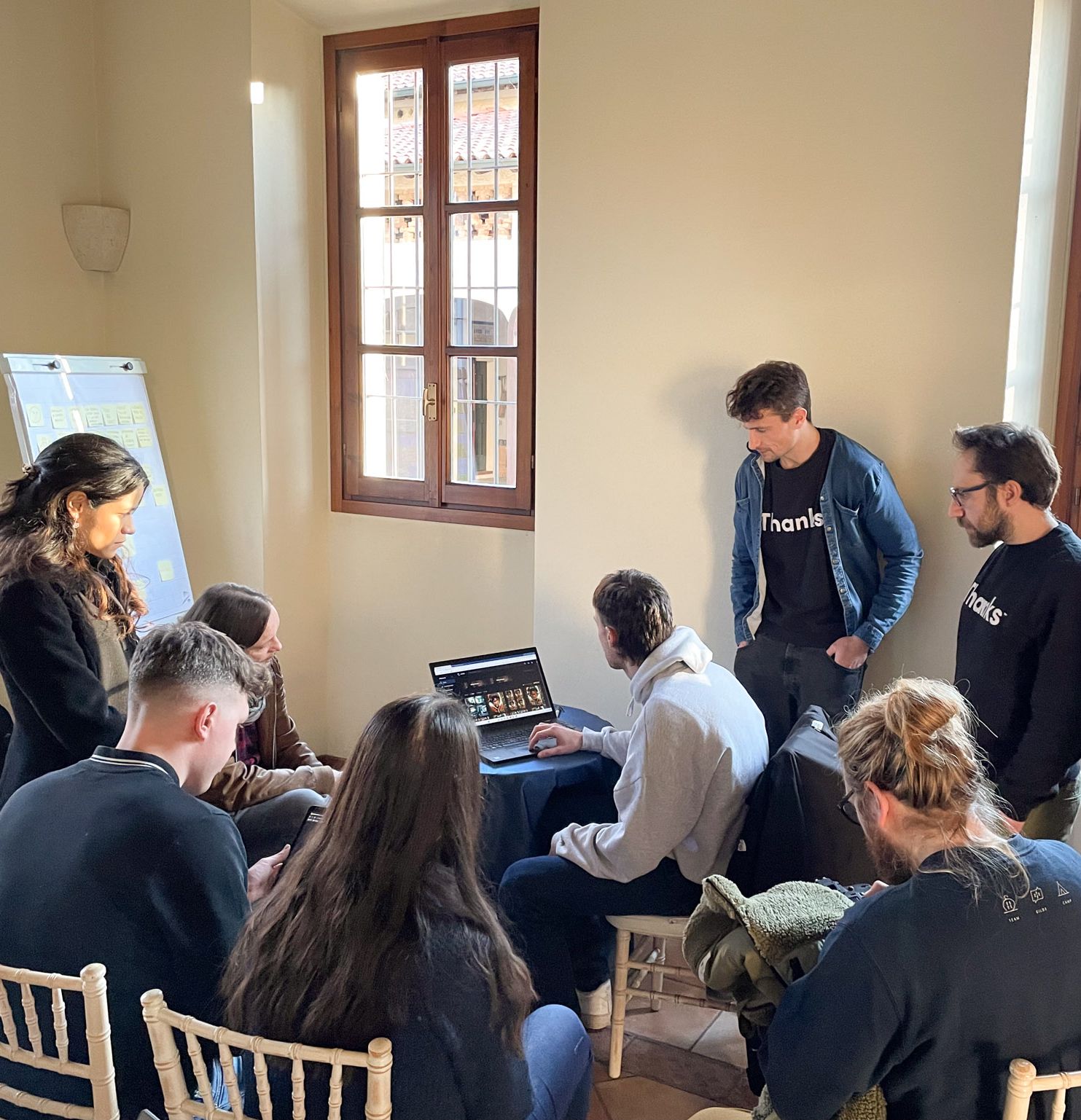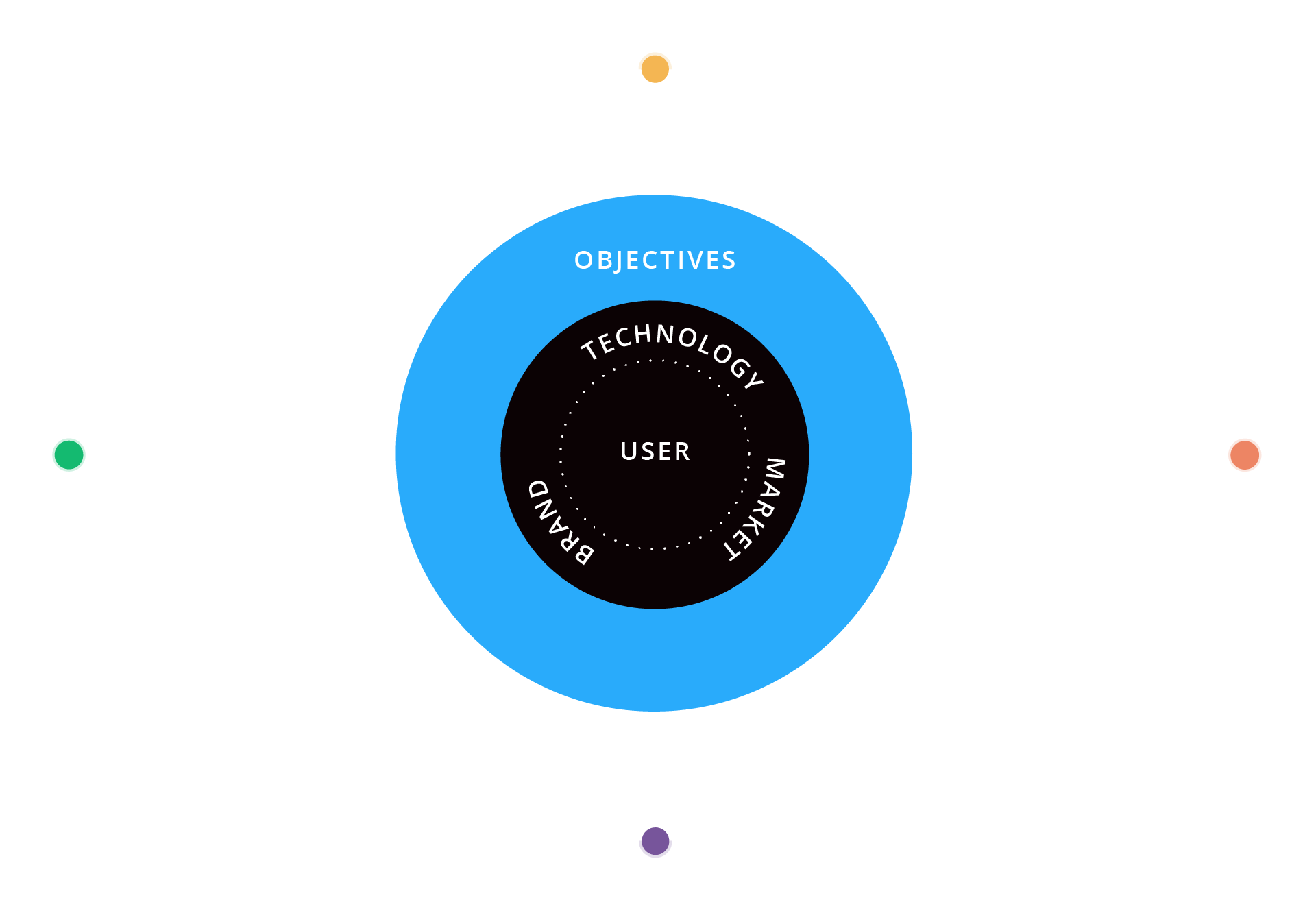Objectives
Objectives are the fulcrum that guides the entire project path: without them, it is not possible to start the project. In order to determine them, the target audience, market, available technologies and existing competitors should be analyzed, with the aim of identifying needs and new opportunities.





